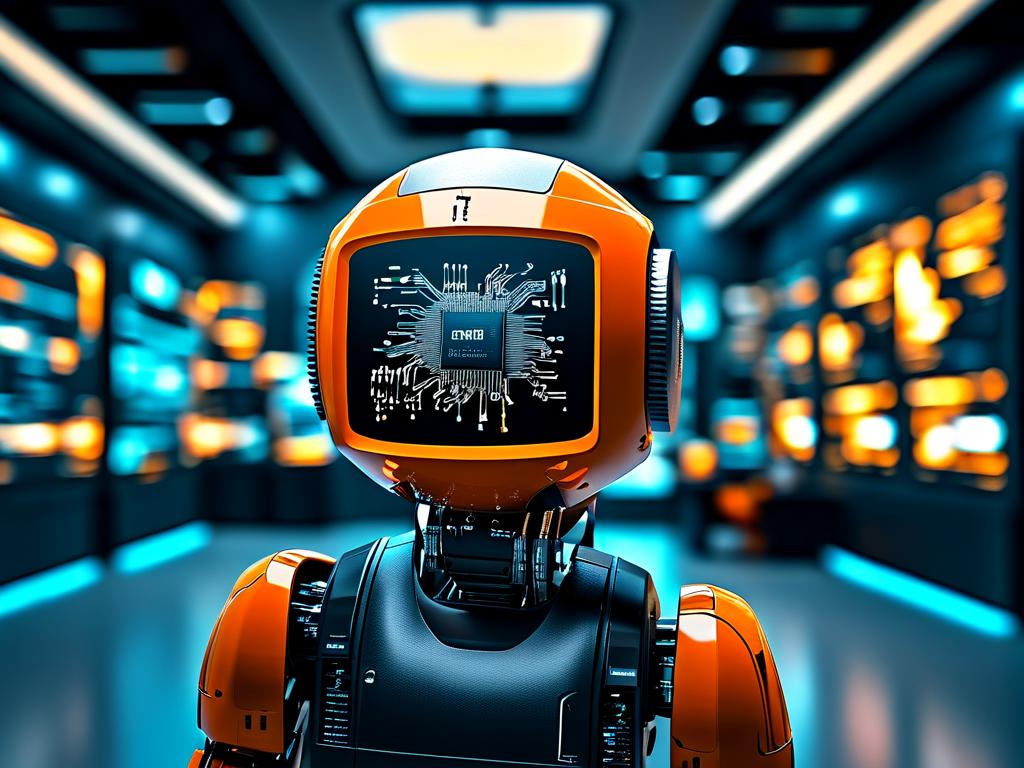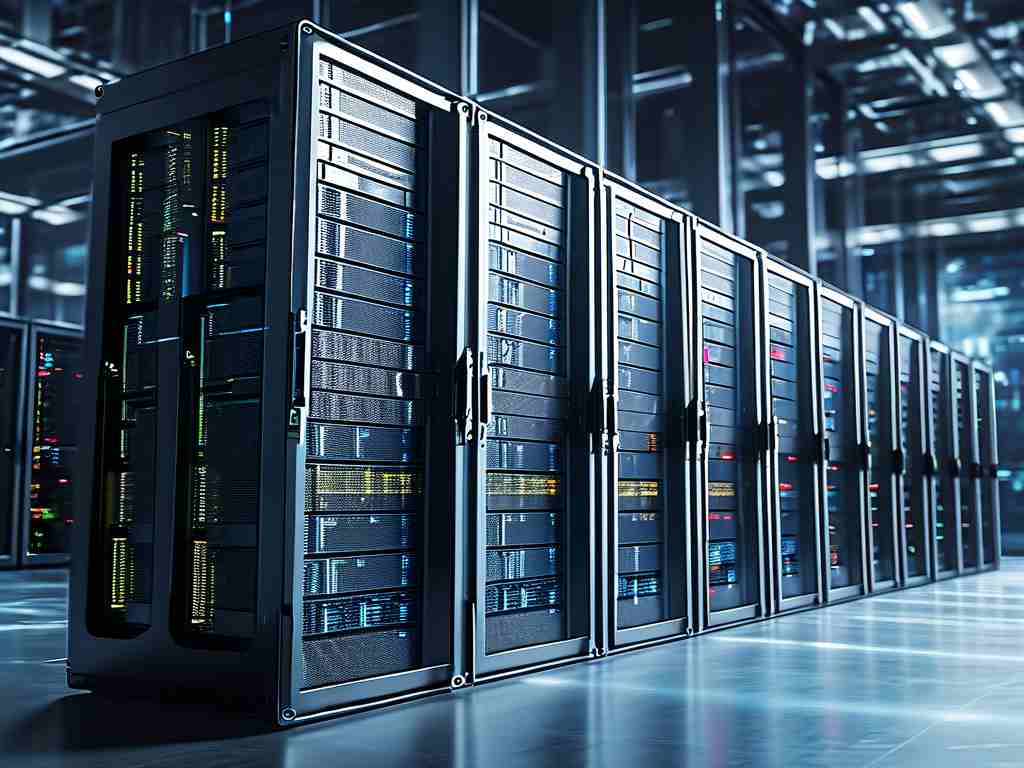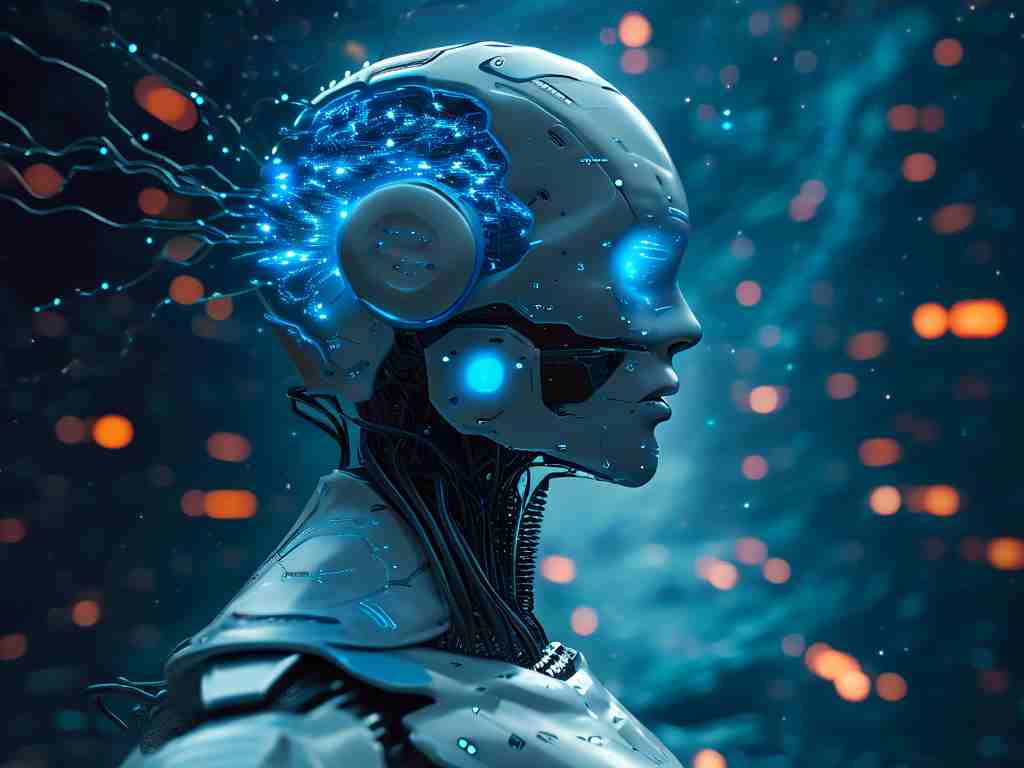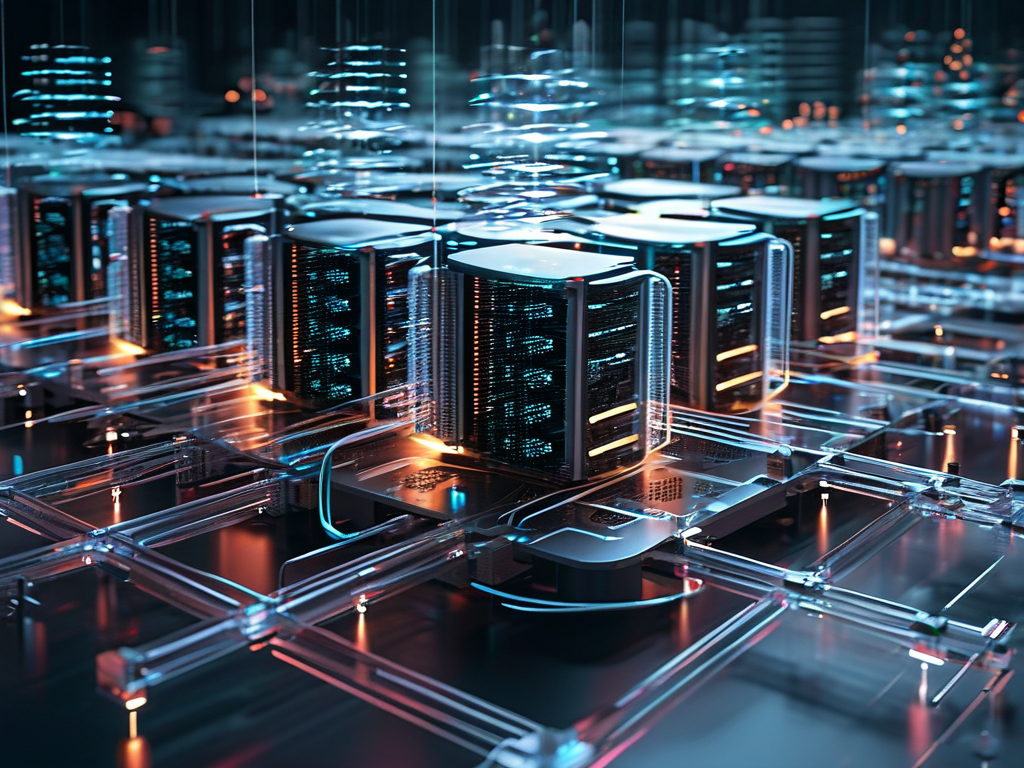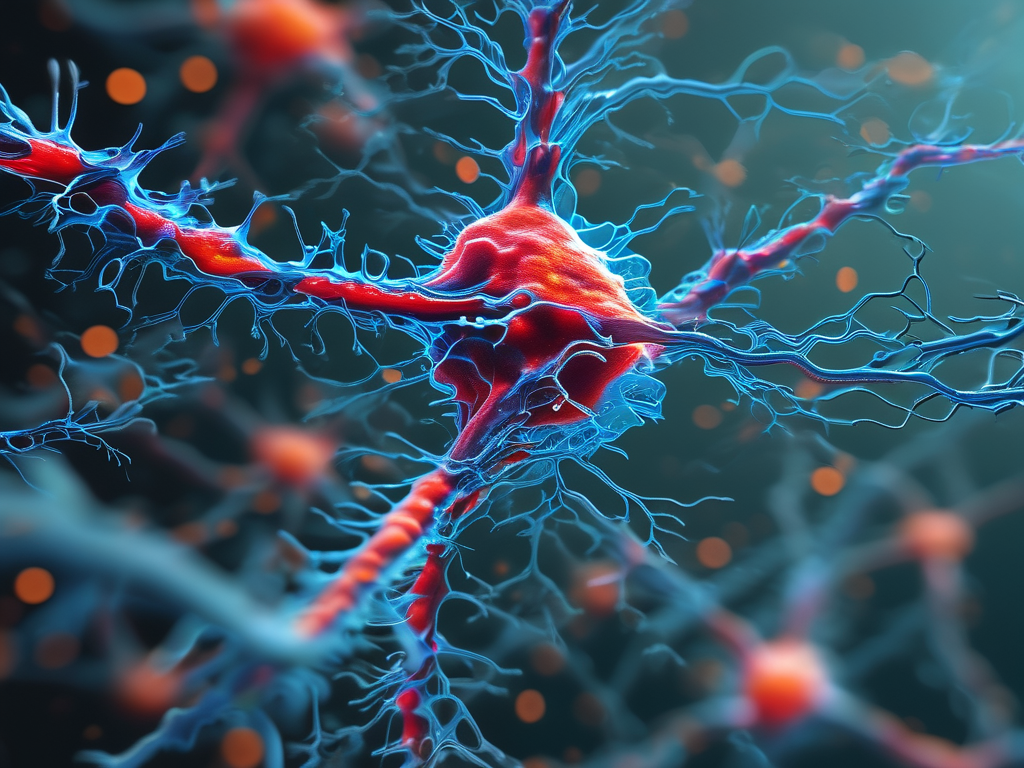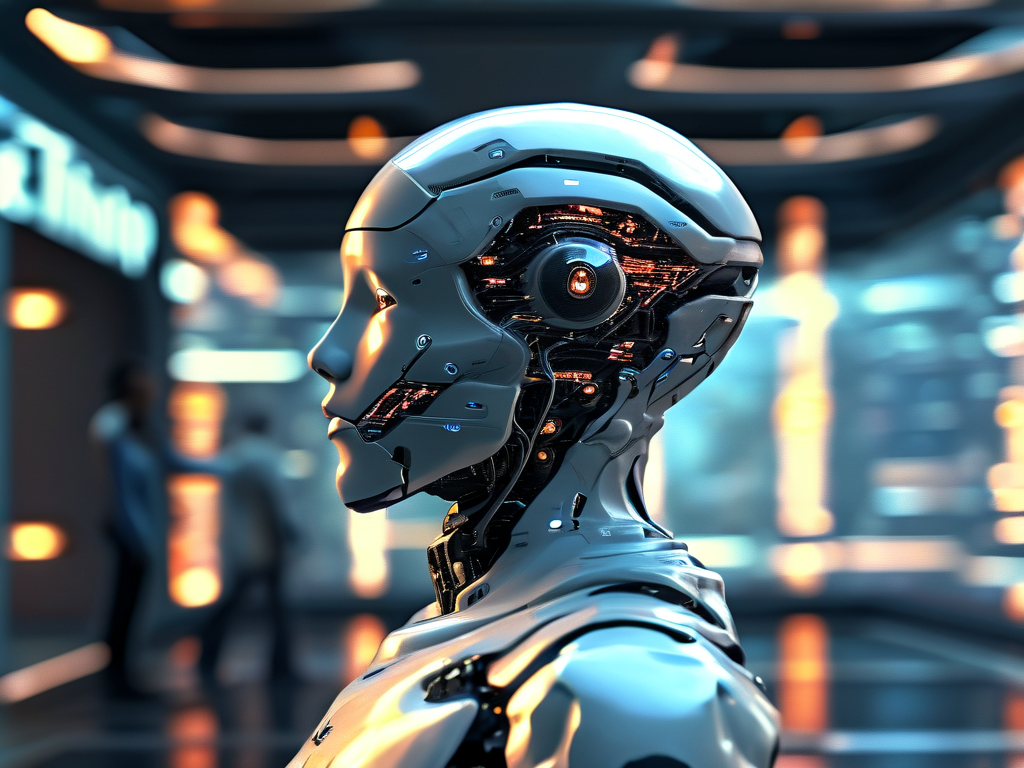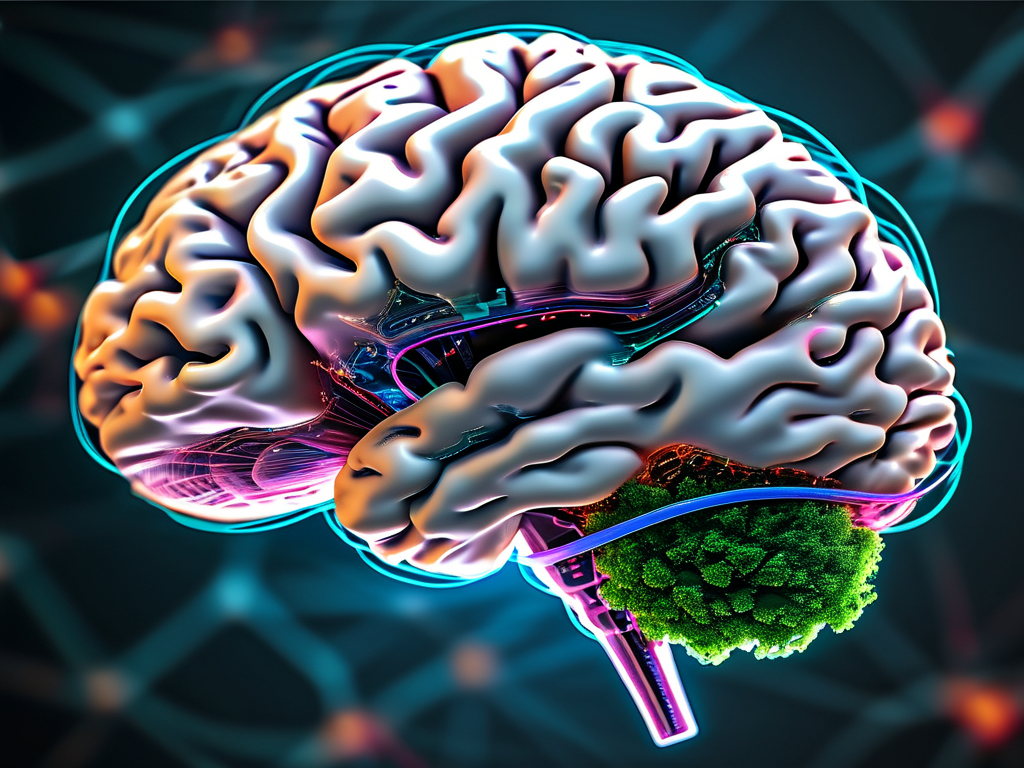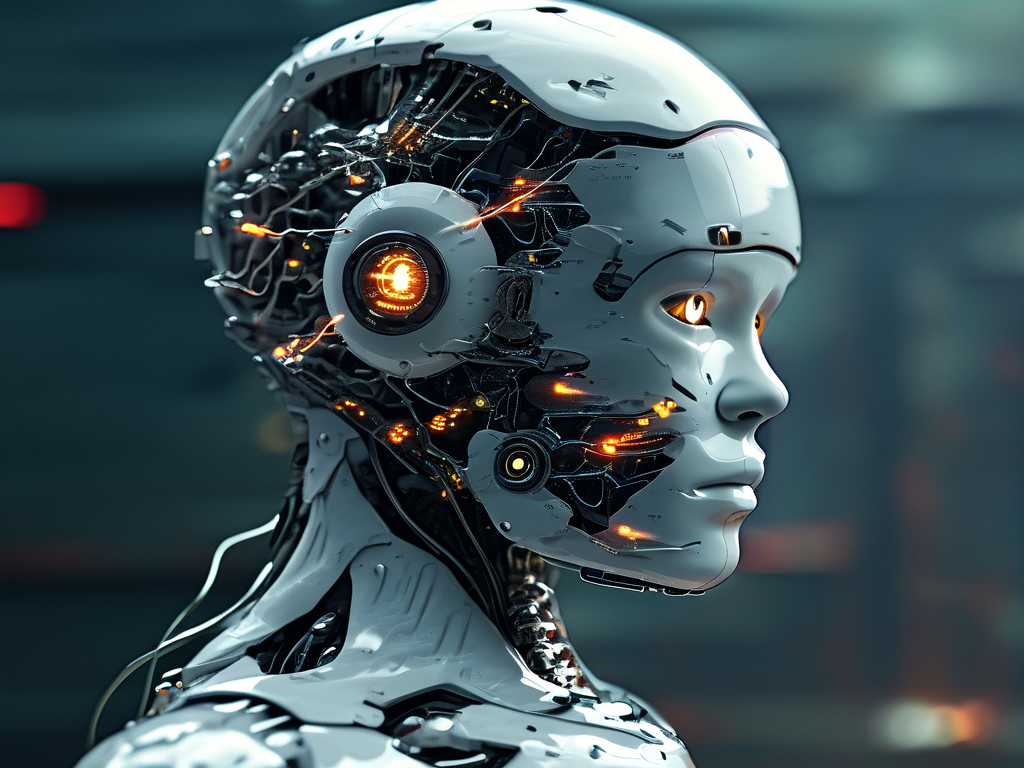The convergence of neuroscience and artificial intelligence has long been a driving force behind innovations in computational systems. Among the latest breakthroughs is the emergence of Brain-Inspired Neural Processing Units (BNPU), a hardware-software framework designed to mimic the efficiency and adaptability of biological neural networks. This article explores how BNPU technology is reshaping machine learning paradigms, its practical applications, and the challenges it faces in achieving widespread adoption.
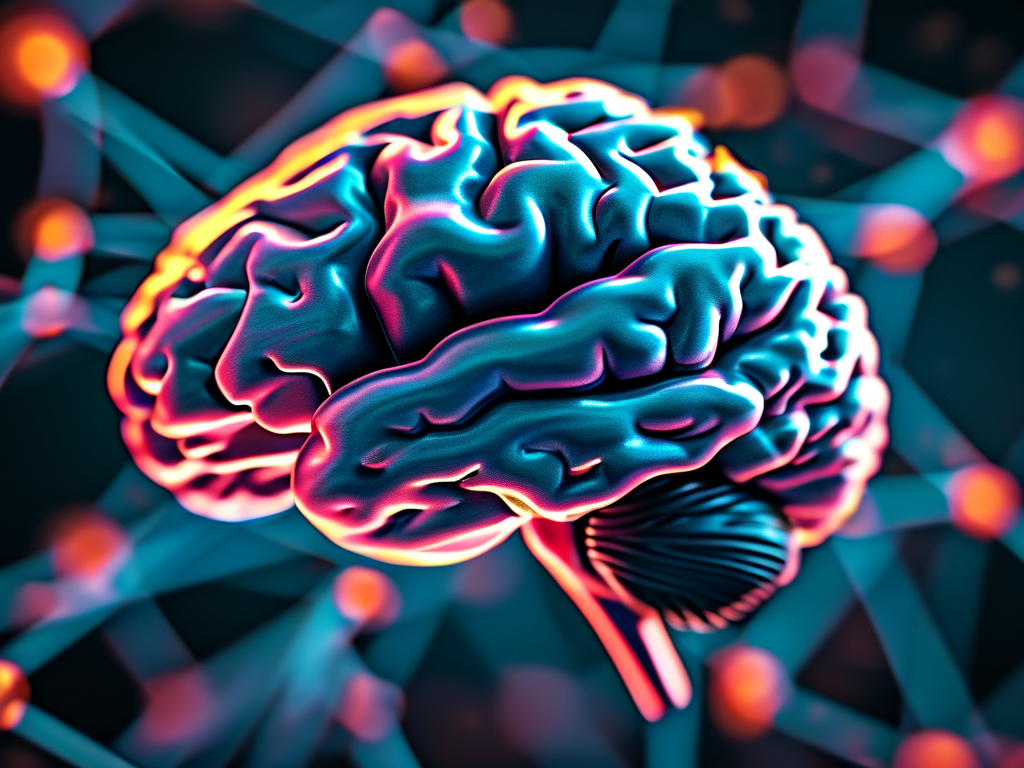
The Biological Blueprint
Biological brains operate through interconnected neurons that process information in parallel, enabling remarkable energy efficiency and real-time adaptability. Traditional artificial neural networks (ANNs), while inspired by this model, struggle to replicate its dynamic nature due to limitations in hardware architecture. BNPU addresses this gap by integrating neuromorphic engineering principles—such as event-driven computation and synaptic plasticity—into specialized processors. Unlike conventional GPUs or TPUs, which rely on rigid matrix operations, BNPUs emulate the brain’s ability to rewire connections based on input patterns, reducing power consumption by up to 80% in experimental setups.
Technical Foundations of BNPU
At its core, BNPU combines three key innovations:
- Spiking Neural Networks (SNNs): These models simulate neuronal activity through discrete "spikes," mirroring how biological neurons communicate. BNPU hardware accelerates spike-based computations, enabling faster training cycles for tasks like sensory data processing.
- Memristive Synapses: Analog components that mimic synaptic weight adjustments, allowing BNPUs to retain learned patterns without constant reprogramming.
- Dynamic Resource Allocation: Inspired by neurogenesis, BNPUs can activate or deactivate computational pathways in real time, optimizing resource use for varying workloads.
A 2023 study by the Neuromorphic Computing Consortium demonstrated that BNPU-powered robots completed object recognition tasks 40% faster than GPU-based systems while using less energy—a critical advantage for edge computing devices.
Applications Across Industries
From healthcare to autonomous systems, BNPU’s unique capabilities are unlocking new possibilities:
- Medical Diagnostics: Portable BNPU devices analyze EEG signals in real time, detecting epileptic seizures with 92% accuracy—a 15% improvement over traditional methods.
- Autonomous Vehicles: By processing LiDAR and camera inputs through spiking networks, BNPUs enable faster collision avoidance decisions, reducing latency to under 10 milliseconds.
- Smart Agriculture: Low-power BNPU sensors monitor soil conditions and crop health, transmitting only critical data to conserve bandwidth in remote areas.
Challenges and Ethical Considerations
Despite its promise, BNPU technology faces hurdles. Manufacturing memristive components at scale remains costly, and the lack of standardized programming frameworks has slowed developer adoption. Additionally, the technology’s ability to "learn" continuously raises questions about algorithmic accountability. For instance, if a BNPU-powered diagnostic tool adapts its decision-making process over time, how can clinicians audit its reasoning? Regulatory bodies are now collaborating with AI ethics boards to establish guidelines for certifying BNPU systems in sensitive domains like healthcare.
The Road Ahead
Industry leaders predict that BNPU architectures will dominate next-generation AI hardware by 2030, particularly in applications requiring real-time adaptability. Research initiatives like the EU’s Human Brain Project are already prototyping hybrid systems that combine BNPUs with quantum computing elements. Meanwhile, startups such as NeuroSilicon are commercializing BNPU chips for consumer electronics, aiming to bring neuromorphic capabilities to smartphones and IoT devices.
As we stand on the brink of this computational revolution, one truth becomes clear: By bridging the gap between biological intelligence and silicon, BNPU technology isn’t just advancing AI—it’s redefining what machines can become.


